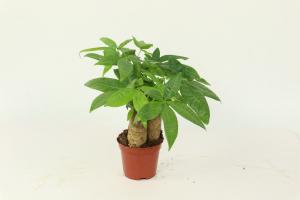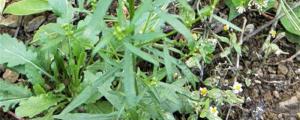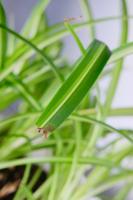Introduction
Water is an essential factor in the life of any living organism, and plants are no exception. In order to survive and grow, plants require a constant supply of water. However, water loss is an inevitable process for plants, as moist air surrounding them dries out. In this article, we will discuss whether transpiration is the only way that plants lose water.
Transpiration
Transpiration is the process of water loss from the leaves of plants. It happens through tiny pores called stomata found in the leaves. Stomata opens up during the day to allow for the exchange of gases, and in the process, water vapor is lost along with oxygen and carbon dioxide. This loss of water through transpiration also helps create a suction force that draws up water and nutrients from the roots to the rest of the plant.
Other ways plants lose water
While transpiration is the most significant way that plants lose water, it is not the only one. Plants can also lose water through direct evaporation from the plant surface or through guttation. Guttation occurs when water is released from the tips of leaves, usually at night or during periods of high humidity.
Another way that plants lose water is through hydraulic lift. Hydraulic lift happens when water is drawn from deeper soil layers during the night and transferred up to the shallower roots. The water is then released again during the day when the plant requires it.
Impact on plants
A reduction in the amount of water available to a plant can have significant effects on its growth and survival. For example, if the loss of water from the leaves due to transpiration is greater than the absorption of water by the roots, the plant may wilt and eventually die. Similarly, a plant that loses too much water through other methods can also suffer from water stress.
Plants have developed several mechanisms to minimize water loss. Some plants, such as cacti, have developed an extensive root system to absorb water quickly when it is available. Others have evolved mechanisms to close their stomata during periods of high temperatures or low humidity to reduce water loss.
Conclusion
While transpiration is the most significant way that plants lose water, it is not the only one. Plant water loss is affected by several factors, including the environment and the plant's physiology. Understanding the different ways that plants lose water can help in developing more effective conservation strategies to ensure their survival in the face of climate change and other environmental challenges.

 how many times do yo...
how many times do yo... how many planted tre...
how many planted tre... how many pine trees ...
how many pine trees ... how many pecan trees...
how many pecan trees... how many plants comp...
how many plants comp... how many plants can ...
how many plants can ... how many plants and ...
how many plants and ... how many pepper plan...
how many pepper plan...

































